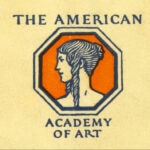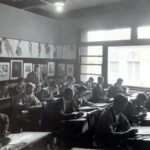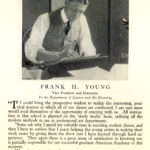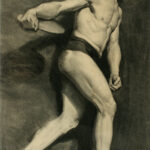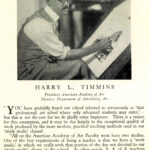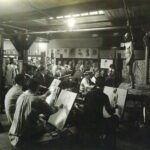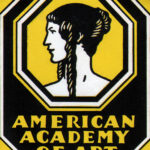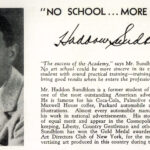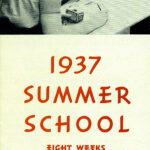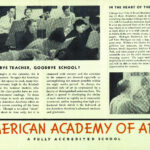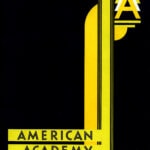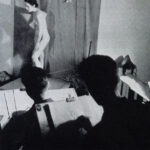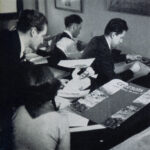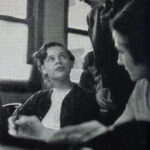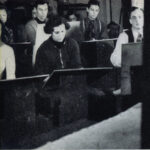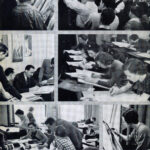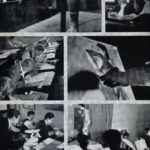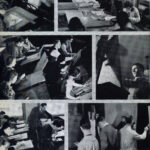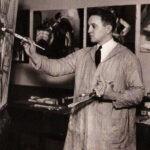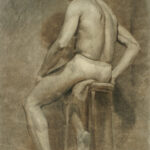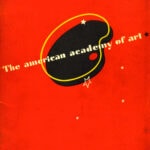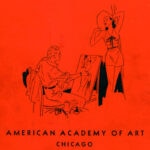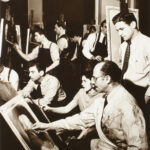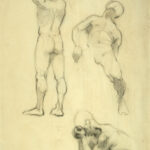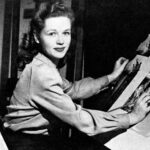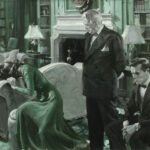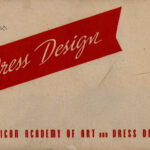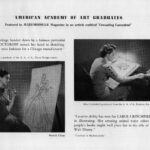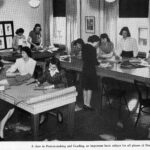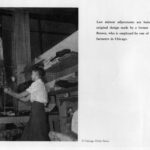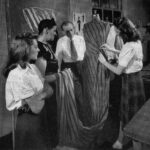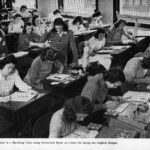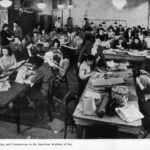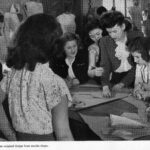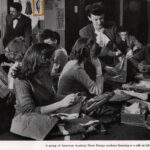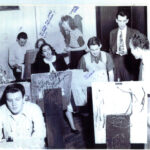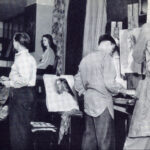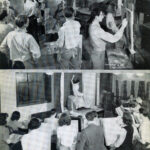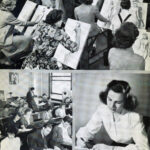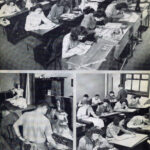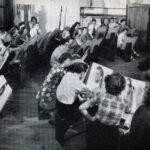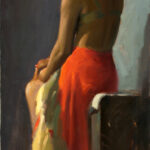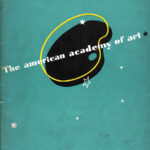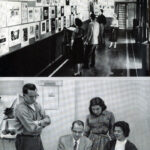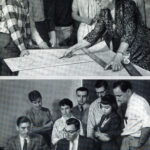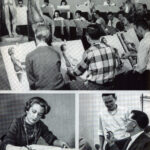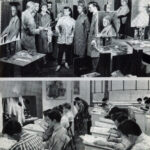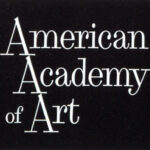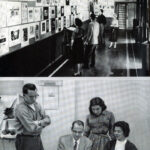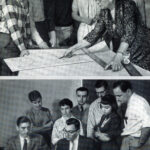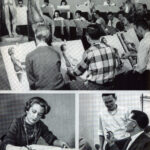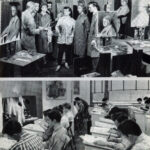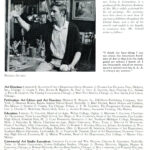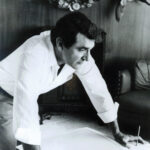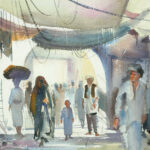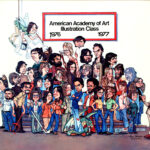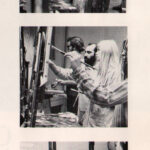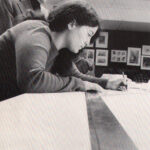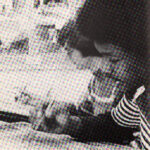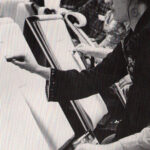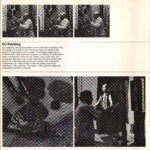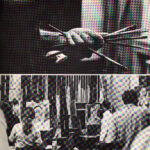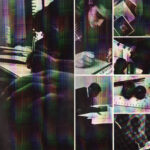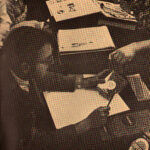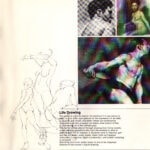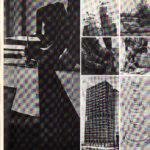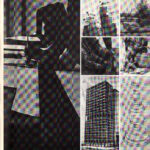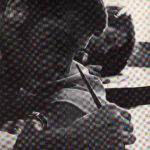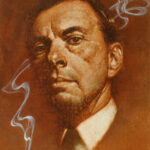About the American Academy of Art College
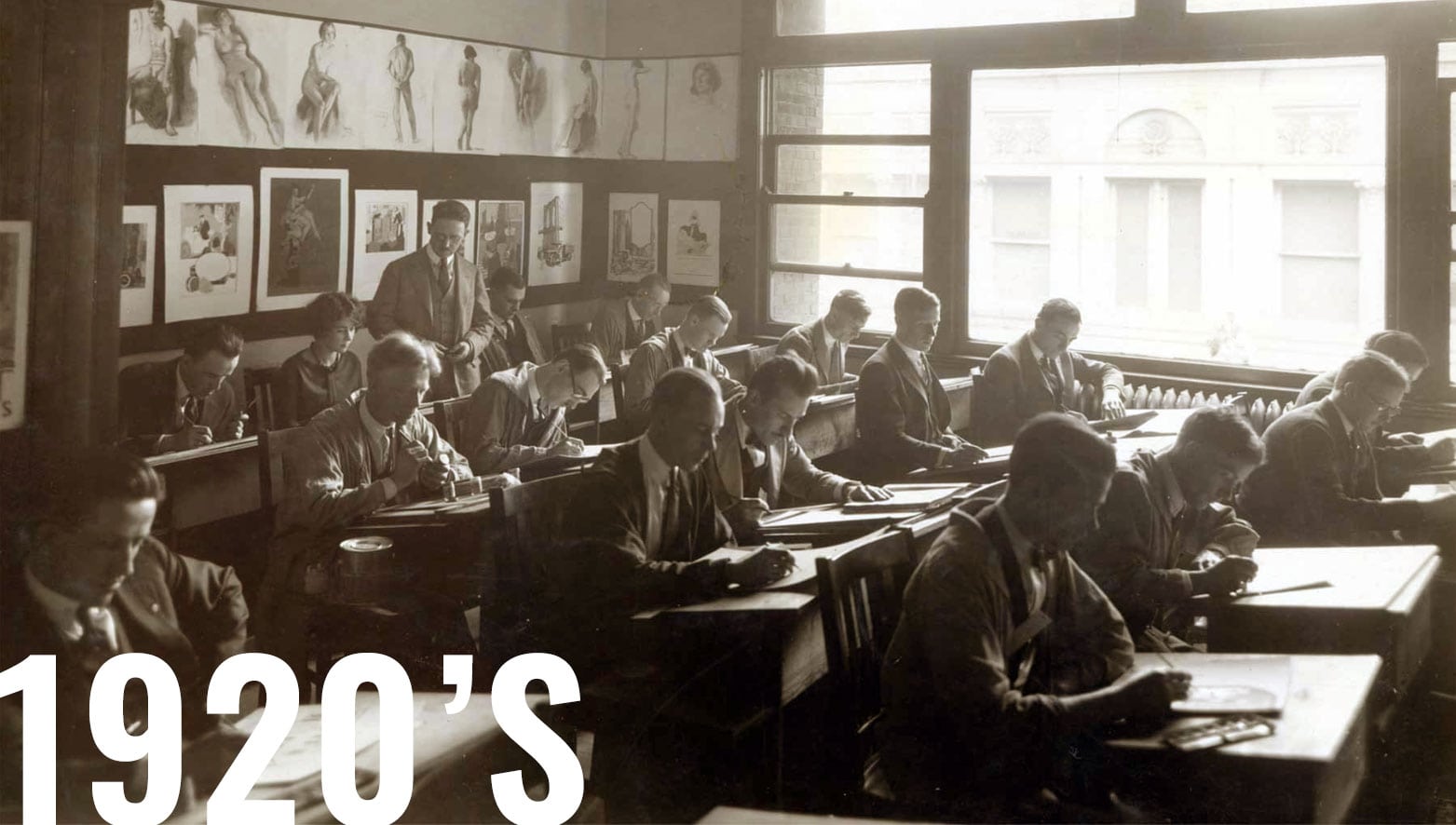
In the 1920’s, Chicago was an advertising capital of the world during a period of new freedom and economic growth. The world’s best commercial art agencies, writers and artists could be found here. One such creative, Frank H. Young, a successful studio owner and nationally known and respected authority on advertising layout, yearned to start his own art school. An Art Academy that would teach the students all of the fundamentals to become a successful artist.

After a very successful few years, The Academy was dealt a near fatal blow when the depression hit. However, we were able to keep it alive through reduction of space and other expenses. The quality of instruction was never sacrificed during those trying times. As the depression finally eased the school revived and steady progress was made in every way.
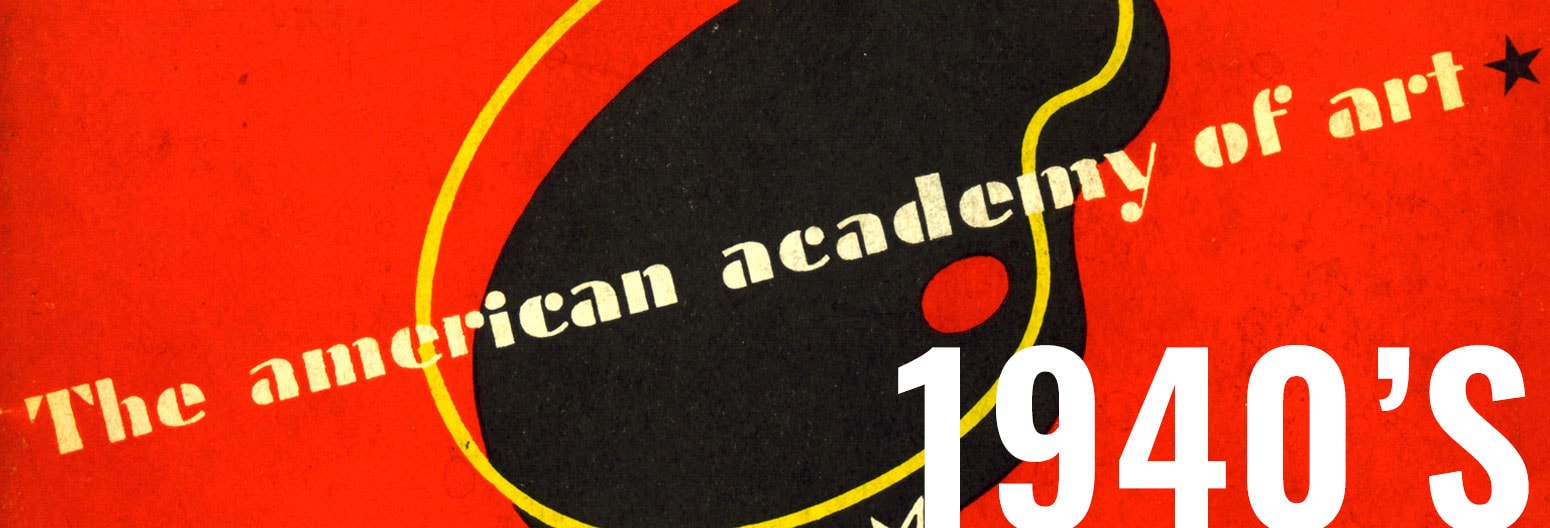
The Academy’s reputation had grown to a national and internationally known school of the utmost quality and instruction. With the significantly diminished enrollment during World War II, once again the Academy was faced with difficult times. During this period, the school added to its offerings as the American Academy of Art and Dress Design. As the war ended and the GI Bill took effect, the school bounced back with an influx of returning veterans.
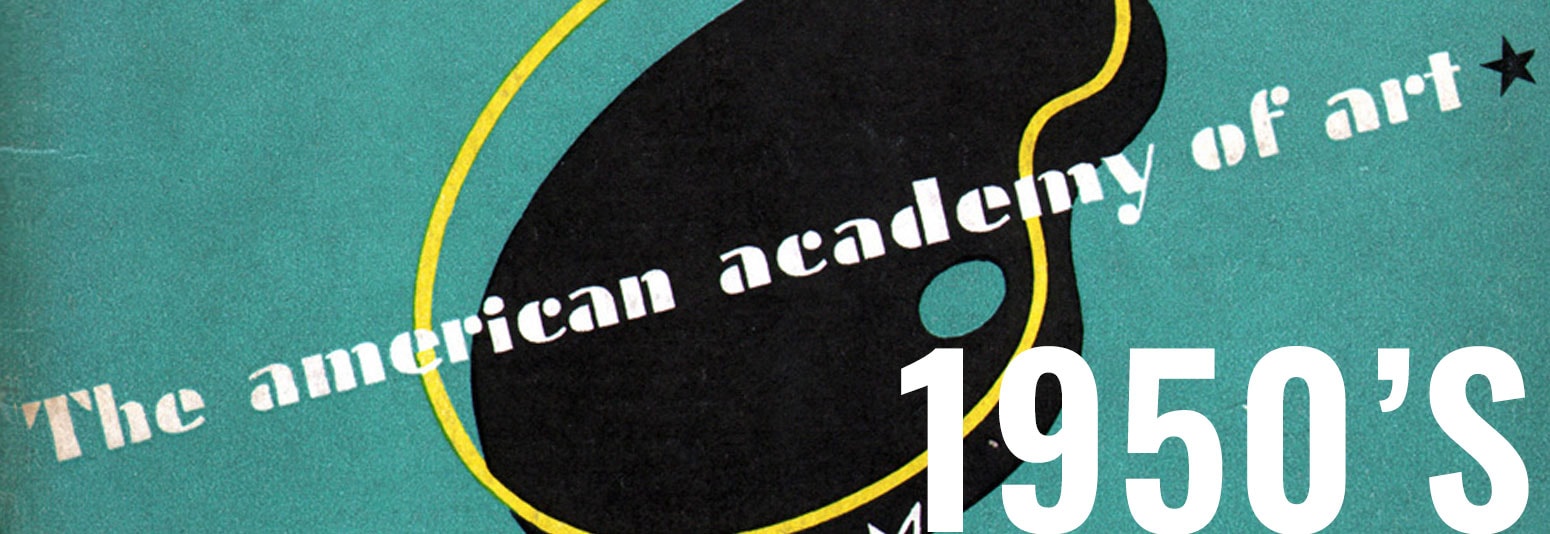
As the economy once again boomed, Chicago still held prominence as a world advertising studio capital. These studios employed many Academy graduates who created countless icons of American advertising art for print, packaging, and for the first time, television. It was an incredibly rich, optimistic and exciting time for artists. During this era, Frank Young, Jr. began to take over the direction of the school for his father, Frank Sr.
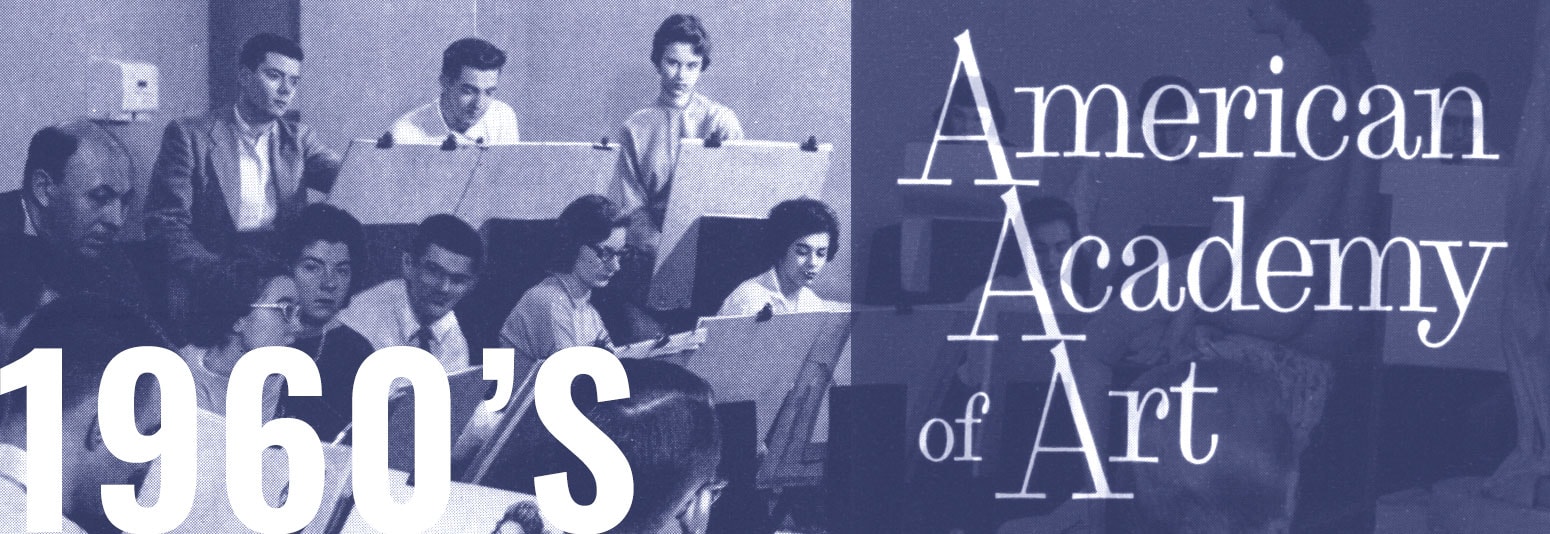
This era brought about many changes in the world and the art field. The dominance of traditional illustration in advertising began to give way to photography and pop art. The Academy kept current by teaching students a variety of real world styles and techniques. Our students and alumni were well trained in the fundamentals to roll with the changes, while others took the opportunity to pivot toward more personal fine art work.
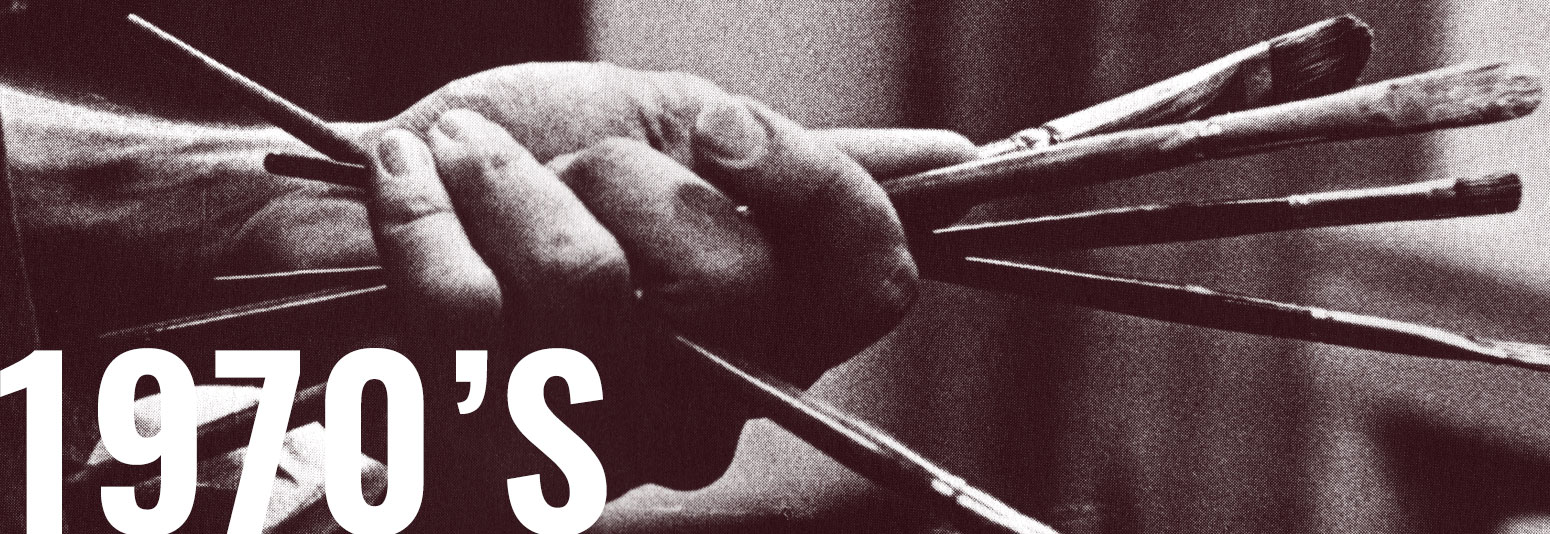
As the decades have passed and the procedures and technology have changed, the Academy has kept pace with the times. However, the core of the school, teaching the fundamentals of art, has not changed in all those years. Giving students the basic skills that never change. Skills that they can continually build upon and make their own throughout their lifetime as an artist.
